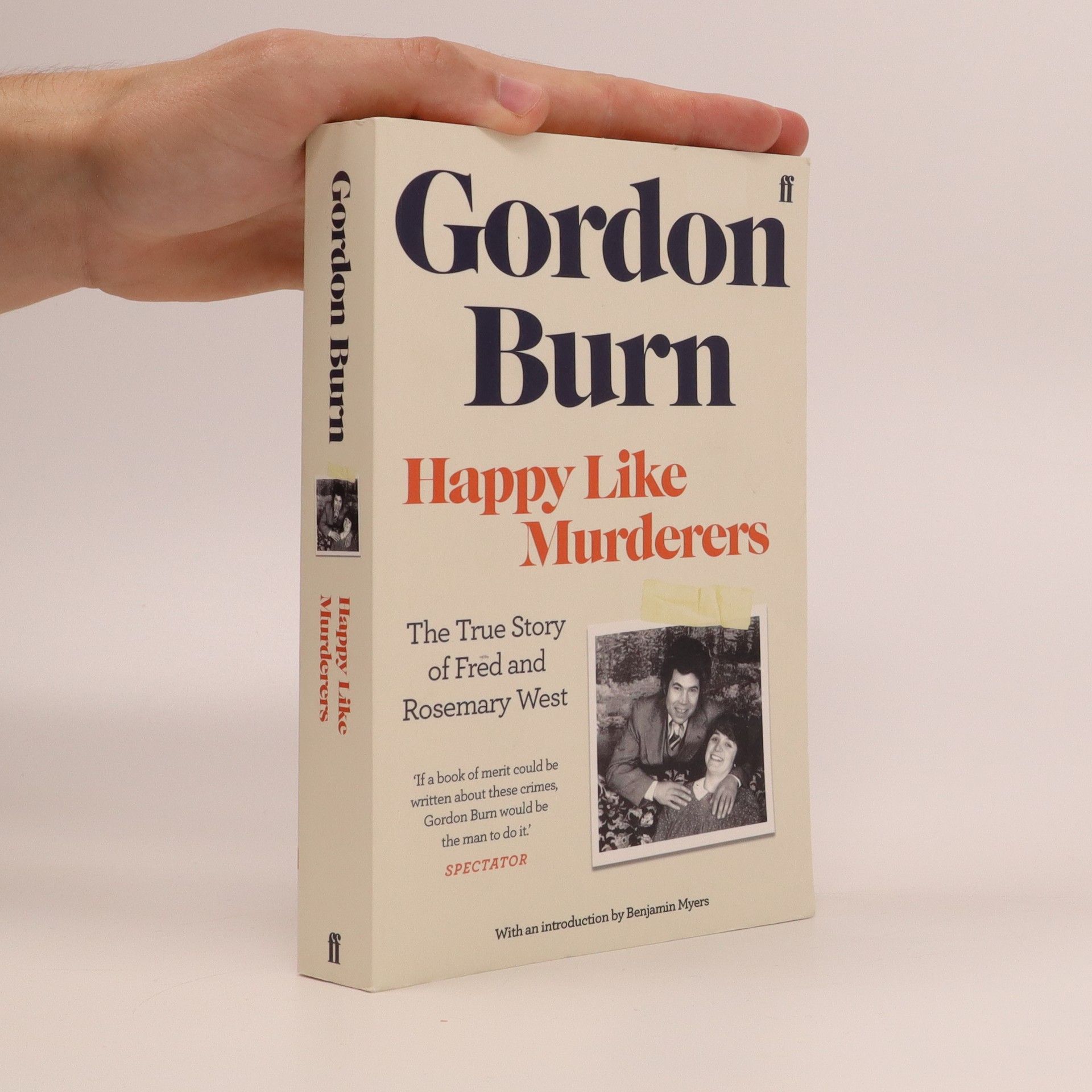Was this the greatest medical disaster of World War Two? Who caused it? This new book has the answers.
Gordon Thorburn Books




Happy Like Murderers
- 480 pages
- 17 hours of reading
In this controversial and seminal work of reportage, Gordon Burn reveals the strange inner dynamic of Fred and Rosemary West's relationship. Based on meticulous research, this dark history is told in a powerful, compelling narrative. With a new introduction by Benjamin Myers.
Lady Anne Clifford 1590-1676
- 166 pages
- 6 hours of reading
The young Lady Anne Clifford of Queen Elizabeth's Court became Countess of Dorset at the Court of King James, was robbed of her inheritance, widowed, became Countess of Pembroke at the Court of King Charles, a widow again, and beat them all to be the Lady Anne of great estates and fondest memory in the times of Oliver Cromwell and King Charles II.
For Bomber Command, the term 'Phoney War' never really meant much. Five Blenheims of 107 Squadron were among the blood and bullets the day after war was declared and only one came back. On 14 December 1939, in a disastrous raid on shipping, 99 Squadron lost six Wellingtons with only three survivors out of thirty-six crew. Even worse, in the biggest air battle so far, 18 December, Wilhelmshaven, five Wellingtons of 9 Squadron went down, four of 37 Squadron and two of 149 Squadron. Bomber Command lost sixty-eight aircraft and crews in action in the four war months of 1939, and a further seventy-eight in accidents. In the months up to the French surrender, losses rose spectacularly as the Germans triumphed wherever they went. In a few hours on 14 May, resisting the Blitzkrieg, forty-seven Fairey Battles and Bristol Blenheims were shot from the sky. Through the Scandinavian defense, in France and Belgium, at Dunkirk and, at last, over Germany, for Bomber Command there was no Phoney War. It was real war from the start.